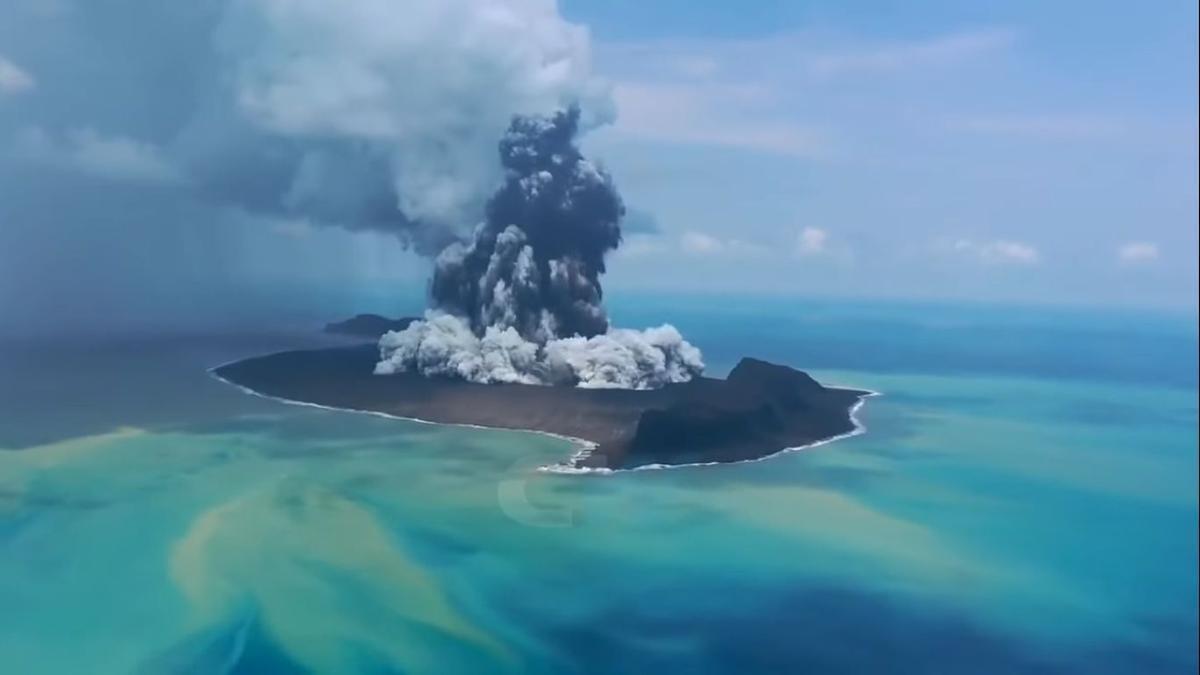The ozone hole of 2024 has shown an atypical behavior, registering one of the smallest holes in recent years and closing earlier than expected in early December.
After four consecutive years of exceptionally large and persistent holes, this year the hole began to form in late August, later than usual. Research by NASA attributes this delay to unusual episodes of sudden stratospheric warming in July and August.
A Small Ozone Hole and Early Closure
The maximum extent of the 2024 ozone hole was approximately 22 million square kilometers by late September. This is significantly smaller than the 25 million square kilometers recorded in 2022 and 2023.
The early closure in the first week of December contrasts with the previous four years when closure occurred in the second half of December.
Influence of the Hunga Tonga-Hunga Ha’apai Volcano
The eruption of the submarine volcano Hunga Tonga-Hunga Ha’apai in January 2022 is considered a key factor in the behavior of the ozone hole in recent years.
The eruption injected millions of tons of water vapor into the stratosphere, altering its chemical and dynamic composition and favoring the formation of stronger polar vortices, contributing to further ozone depletion.

A Breather for the Ozone Layer, but the Future is Uncertain
Although the behavior of the ozone hole in 2024 may be an encouraging sign, experts warn that the complete recovery of the ozone layer could extend until the mid-21st century.
The continued implementation of the Montreal Protocol and the evolution of climate change will be decisive for the future of the ozone layer.
Importance of Ozone and Global Commitment
Ozone acts as a protective shield against the sun’s ultraviolet radiation. Its weakening increases the risk of skin cancer, eye problems, and other health damages, as well as negative effects on ecosystems.
Argentina has actively participated in global efforts to protect the ozone layer by ratifying the Vienna Convention and the Montreal Protocol. This international agreement, signed in 1987, has successfully eliminated 99% of ozone-depleting substances globally.
Have you already checked out our YouTube channel? Subscribe now!

